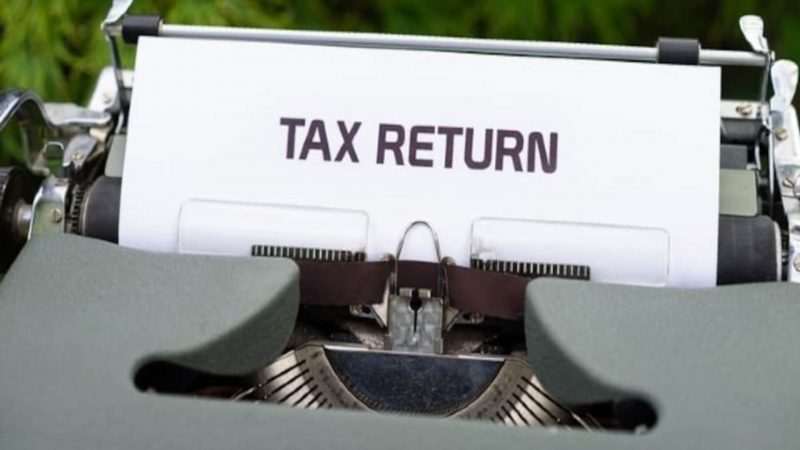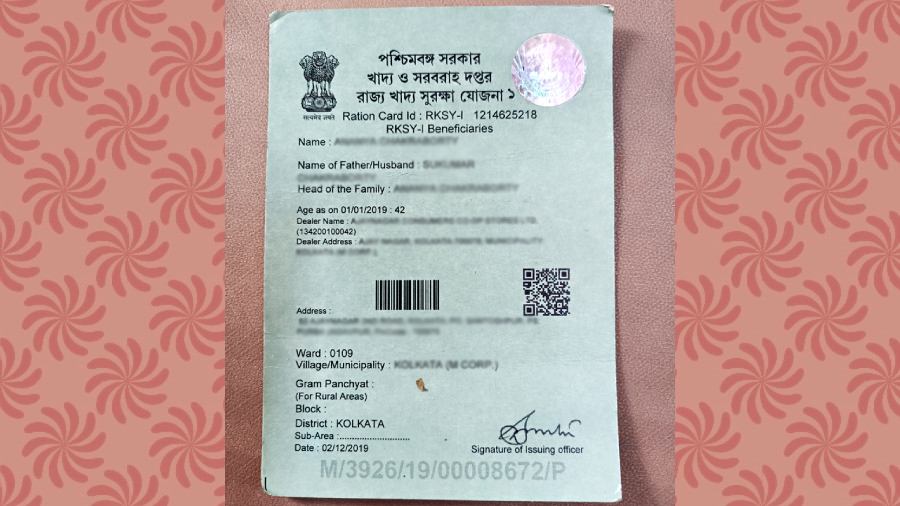
Want to Know Income Tax Refund Status? Check With These Simple Steps Online
Income Tax Return or ITR Filing is an essential process which involves conveying the total income earned, losses occurred, assets owned and net tax liability of a person during a financial year. This process is mandatory for every citizen whose income exceeds the basic exemption limit set by the IT Department. This process is the major source of generating revenue for the Government to fund various public services and infrastructure development. However, a person may be required to pay tax in excess of the applicable figure. In this case, he or she is eligible for a refund.

Income Tax Refund Status
The process of filing income tax returns in India involves several steps to ensure accuracy and compliance. Initially, individuals need to gather all necessary financial documents, such as salary statements, bank statements, investment proofs, and relevant income and expense records. These documents serve as the foundation for calculating taxable income and claiming deductions and exemptions.
During the income tax return filing, individuals must accurately report their income from various sources, such as salaries, business or professional income, capital gains, and investment income. They should also disclose eligible deductions and exemptions related to housing loans, medical expenses, education loans, and contributions to specified savings schemes.
Subsequently, the Income Tax Department reviews the filed returns and assesses the tax liability based on the provided information. In case of any discrepancies or queries, individuals may receive a notice seeking further clarification or scrutiny.
If an individual has paid more tax than their actual tax liability, they have the option to claim a tax refund from the Income Tax Department. Once the return is filed and verified, the department proceeds with the processing. They evaluate the tax liability considering the excess tax paid.
When eligible for a refund, the Income Tax Department issues an intimation specifying the refund amount. The refund can be either directly deposited into the individual’s bank account through electronic transfer (Electronic Clearing Service) or sent as a refund cheque, depending on the chosen option during the return filing process.
Also read:
RBI Withdraws ₹ 2000 Banknotes: All Your Questions Answered Here
How to Check Income Tax Refund Status?
- First, visit the official website to log in.
- Now login with your credentials.
- Complete the captcha verification.
- Next, go to my account and select ‘Refund/Demand Status’.
- On the next page you will find these details:
- Assessment Year
- Status
- Reason
- Payment Mode



